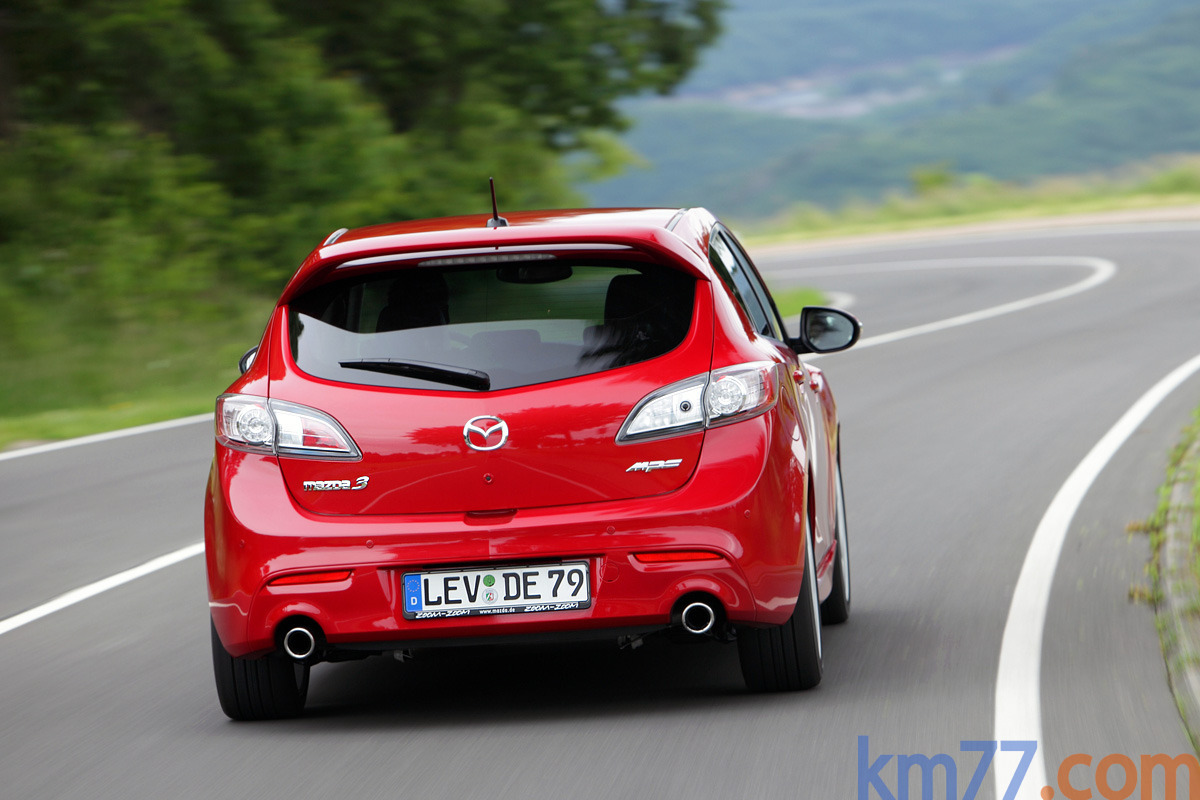

Although this unit has seen some support, particularly in Germany, the unit benz was rejected as the SI unit of velocity.Ĭurrent use: As the SI derived unit of speed and velocity, the meter per second and its multiples are used widely within scientific contexts. The unit benz, named after Karl Benz, a German engine designer and automobile engineer (and founder of the company that would eventually merge and produce the Mercedez-Benz line of automobiles) has been proposed as a named for one meter per second. History/origin: The meter per second is a unit that was derived based on the SI units of meters and seconds. It is equal to exactly 3.6 kilometers per hour, approximately 3.2808 feet per second, and approximately 2.2369 miles per hour. It is defined as the distance traveled in meters divided by the amount of time taken in seconds. Meter per secondĭefinition: A meter per second (symbol: m/s) is an SI (International System of Units) derived unit of speed and velocity. There are many abbreviations for the unit kilometers per hour (kph, kmph, k.p.h, KMph., etc.), but "km/h" is the SI unit symbol. It is also common for both miles per hour as well as kilometers per hour to be displayed on car speedometers. It was not until later in the mid-late 19 th century however, that the use of kilometers per hour became more widespread the myriametre (10,000 meters) per hour was preferred for expressing speed.Ĭurrent use: Km/h is currently the most commonly used unit of speed around the world and is typically used for car speeds and road signs. According to the Oxford English Dictionary, the term kilometer first came into use in 1810. History/origin: The unit of kilometers per hour is based on the meter, which was formally defined in 1799. Definition: The unit kilometers per hour (symbol: km/h) is a unit of speed expressing the number of kilometers traveled in one hour.


 0 kommentar(er)
0 kommentar(er)
